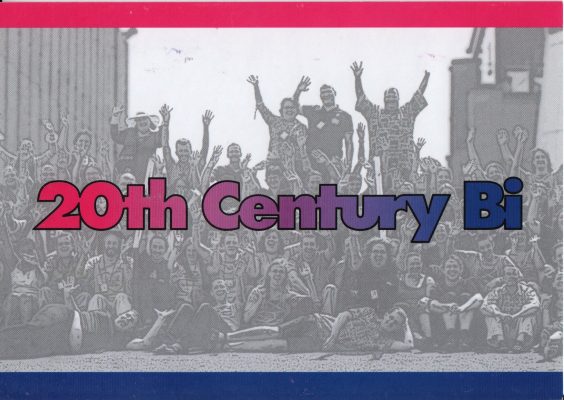Even governments sometimes realise that spending money on health promotion – enabling people to increase control over, and to improve, their health – can be better than dealing with the consequences of not doing so.
In the UK, the Health Education Council (greatest hit: the 'pregnant man' campaign with its "Would you be more careful if it was you who got pregnant?" strapline) ran government campaigns between 1968 and 1987, before a reorganisation (not entirely coincidentally following a row about a politically embarrassing publication about health inequalities) led to its replacement by the Health Education Authority in 1987.
When the UK government decided that Aids was in fact worth doing something serious about (about three years after gay and bisexual men in the UK started dying from it, followed by similar epidemics amongst IV drug users and then haemophiliacs), one of the things that pushed it towards that position was the way that Aids activists had deliberately chosen to emphasise the risks of bisexual men being responsible for the spread of the epidemic into the presumed heterosexual general population.
As mentioned in the BiFurious review of TV series It's A Sin:
"It was quickly realised that 'everyone is at risk' was the magic button, 'a powerful weapon against anti-gay prejudice in 1986, and it was the only one that the gay community had with which to protect itself at a time of brutal public attack. .. The THT hierarchy sought to persuade the government that the nation itself was endangered, while not entirely believing it itself.'
"But how on earth could the sector get the government of Mrs Thatcher – sample speech from 1987: 'Children who need to be taught to respect traditional moral values are being taught they have an inalienable right to be gay. All of those children are being cheated of a sound start in life. Yes, cheated. [applause from the Tory audience]' – to think that a third of, say, the Tory-voting London borough of Kensington and Chelsea would end up with Aids if they didn't do something quickly? No-one would believe they all took up an injecting drug habit. Or magically developed haemophilia.
"Ah ha! Bisexual men would spread it from the (seen as expendable) gay community into the nice straight one! And it worked, even though it was something bisexual men would never ever win from: if there was a significant spread, it'd be our fault, but if there wasn't, it just shows that there are barely any bisexual men."
The result was the first big 'Don't die of ignorance' campaign by the Department of Health and Social Security – the 'icebergs and monoliths' one – following which the HEA ended up with the responsibility to do national HIV/Aids health promotion work.
Here's are the ads that they did aimed specifically at bisexual men rather than 'gay (oh.. and bisexual) men'. As you will see, there were not very many: the person in charge of HIV work at the HEA bought into the idea that there were barely any bisexual men out there, even after this was proved to be completely wrong. Read more

